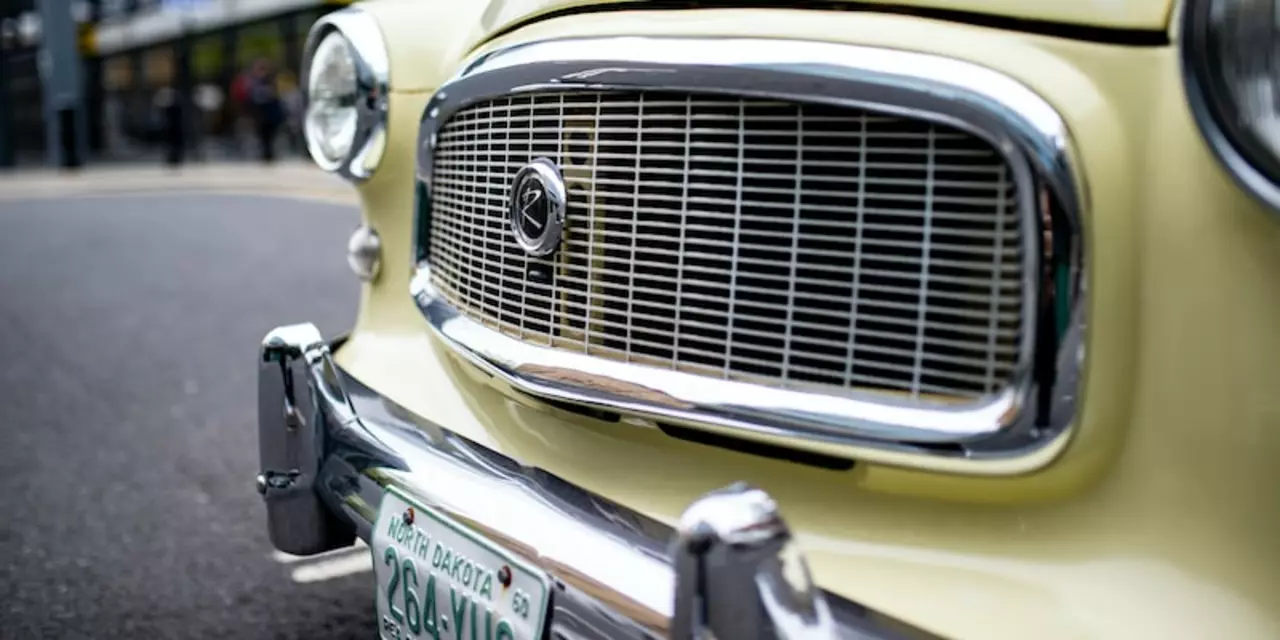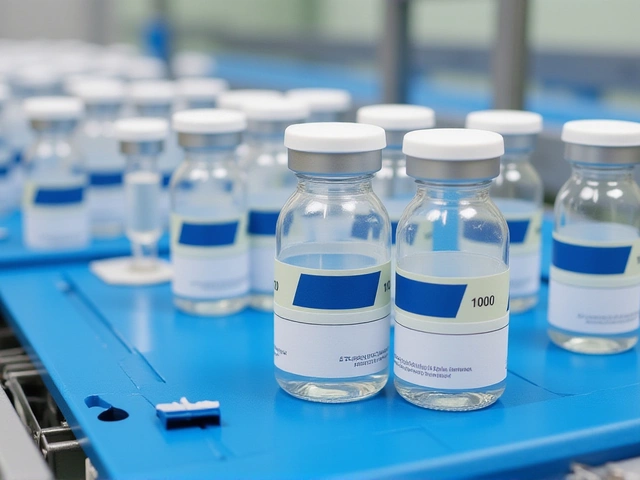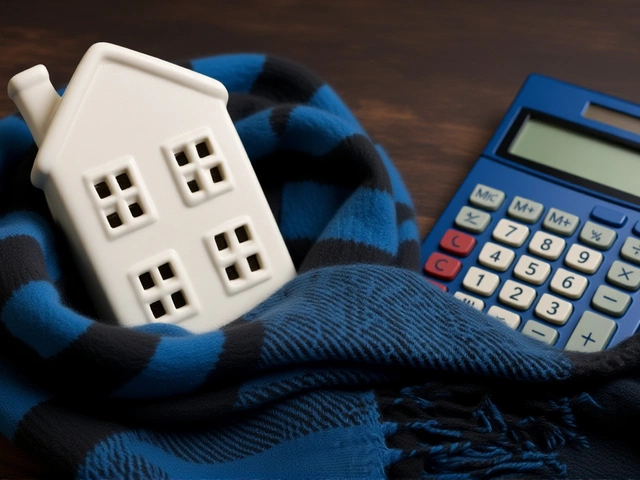Radiator Crack: What It Means and How to Fix It
If you’ve seen coolant leaking or the temperature gauge spiking, the radiator might have a crack. A cracked radiator can turn a simple drive into a costly repair if you ignore it. In this guide we’ll break down the usual reasons a crack appears, the signs you should watch for, and the steps you can take to repair or replace it yourself.
Common Causes of a Radiator Crack
Most cracks aren’t a mystery. Heat is the biggest enemy. When the engine gets hot, the radiator expands. If the metal has rust, corrosion, or old welds, that expansion can cause it to split.
Another frequent cause is a sudden impact. Hitting a curb, a pothole, or a low‑lying branch can stress the radiator tubes and make a hairline crack that quickly grows.
Older cars often have plastic tanks that become brittle over time. A drop in temperature, like a cold night, can shrink the plastic and push existing weak spots into a full crack.
Finally, poor coolant mix can be a culprit. If the coolant is too thin, it won’t protect the metal well, leading to corrosion that eventually cracks the core.
Steps to Repair or Replace a Cracked Radiator
First, confirm the crack. Look for puddles under the car, steam from the engine bay, or a sudden rise in the temperature gauge. A visual inspection of the radiator while it’s cold can reveal wet spots or rust.
If the crack is small and the radiator is metal, you can try a temporary fix. Clean the area with a brush, then apply a radiator sealant spray. Follow the product’s instructions – usually you shake the can, spray the crack, and let it cure for a few minutes. This might get you home, but it’s not a permanent solution.
For plastic tanks or larger cracks, replacement is the safest bet. Here’s a quick DIY rundown:
- Drain the coolant into a container – you’ll need it for disposal.
- Remove the upper and lower radiator hoses. Note where they connect.
- Unbolt the radiator from the engine bay. Keep track of any brackets.
- Take the old radiator out and bring the new one in. Fit it into the same mounting points.
- Reconnect the hoses, refill with fresh coolant, and bleed air from the system by running the engine with the radiator cap off until the temperature stabilizes.
If you’re not comfortable with these steps, a quick visit to a mechanic will cost less than a busted engine. Most shops can replace a radiator in under two hours.
Prevention is key. Regularly check coolant levels and keep the mix at the proper ratio (usually 50/50). Flush the cooling system every two years to clear out rust and old coolant. Avoid driving over deep potholes, and park on smooth surfaces when possible.
Remember, a radiator crack isn’t something to ignore. Spotting it early and either sealing it temporarily or swapping it out can save you from an overheating engine and a pricey repair bill. Keep an eye on your coolant, listen for unusual sounds, and act fast when you see a leak – your car will thank you.
What happens if your car overheats and the radiator cracks?
- Thomas O'Reilly
- Feb 18 2023
- 0 Comments
If your car overheats, it can cause the radiator to crack. This can cause the radiator to leak and the engine to seize up. If the engine seizes up, it will need to be replaced or rebuilt. If the radiator is cracked, it will need to be replaced and refilled with coolant. It is important to regularly check your coolant levels, as well as keep an eye on the temperature gauge, to ensure your car does not overheat.
View More




